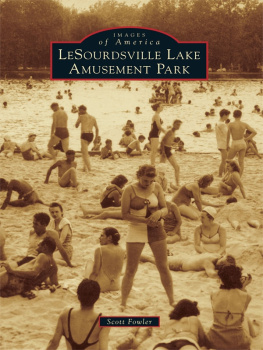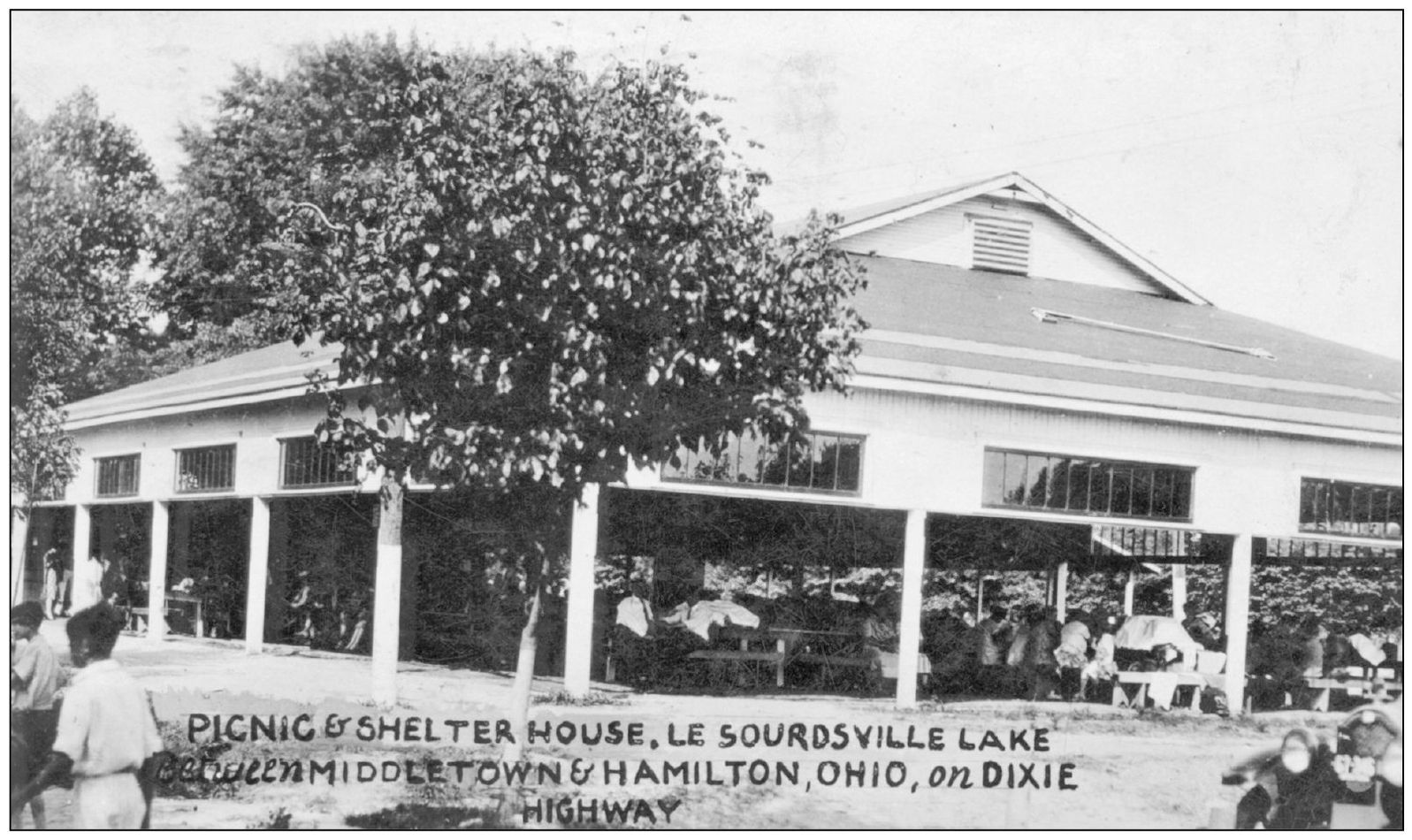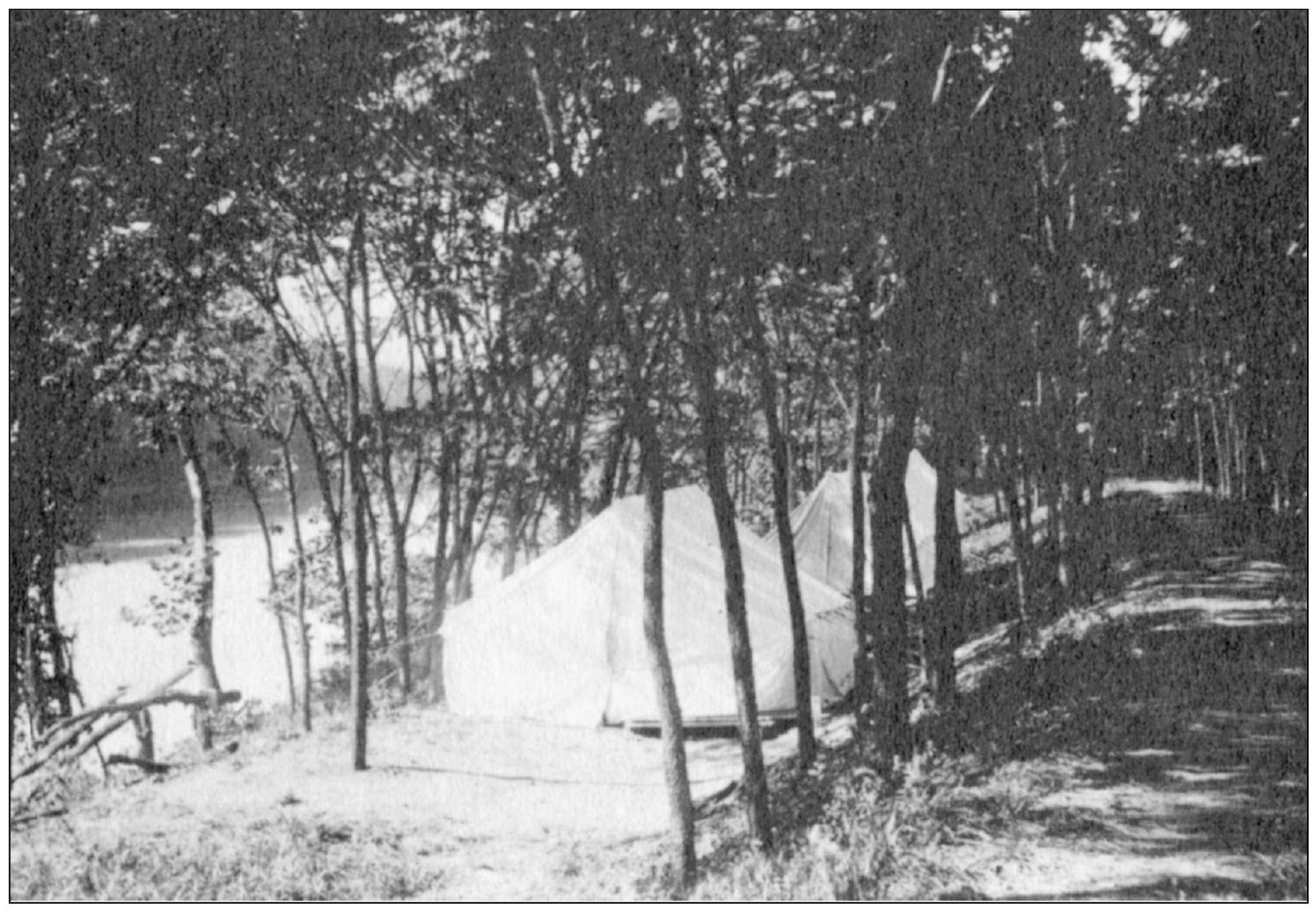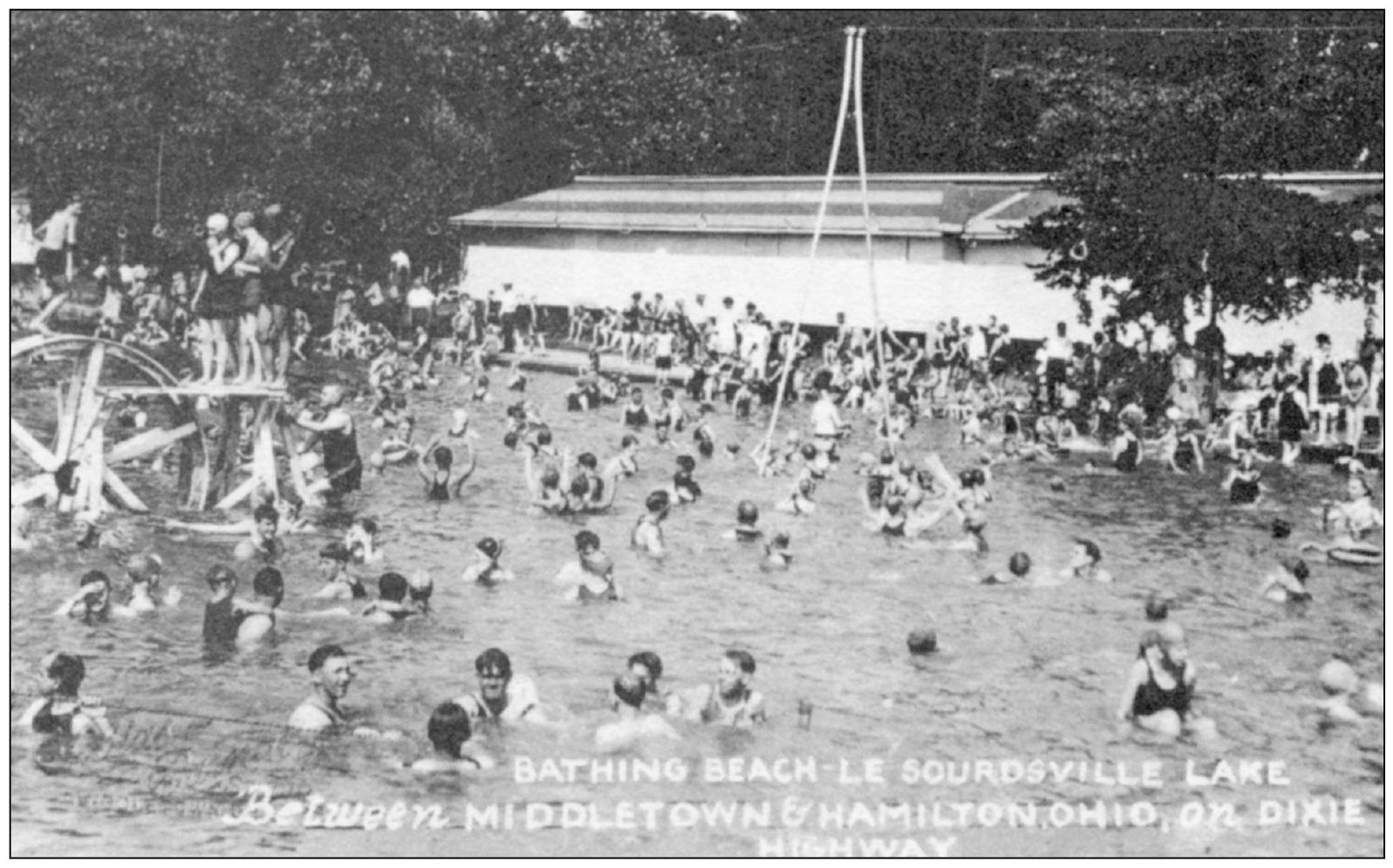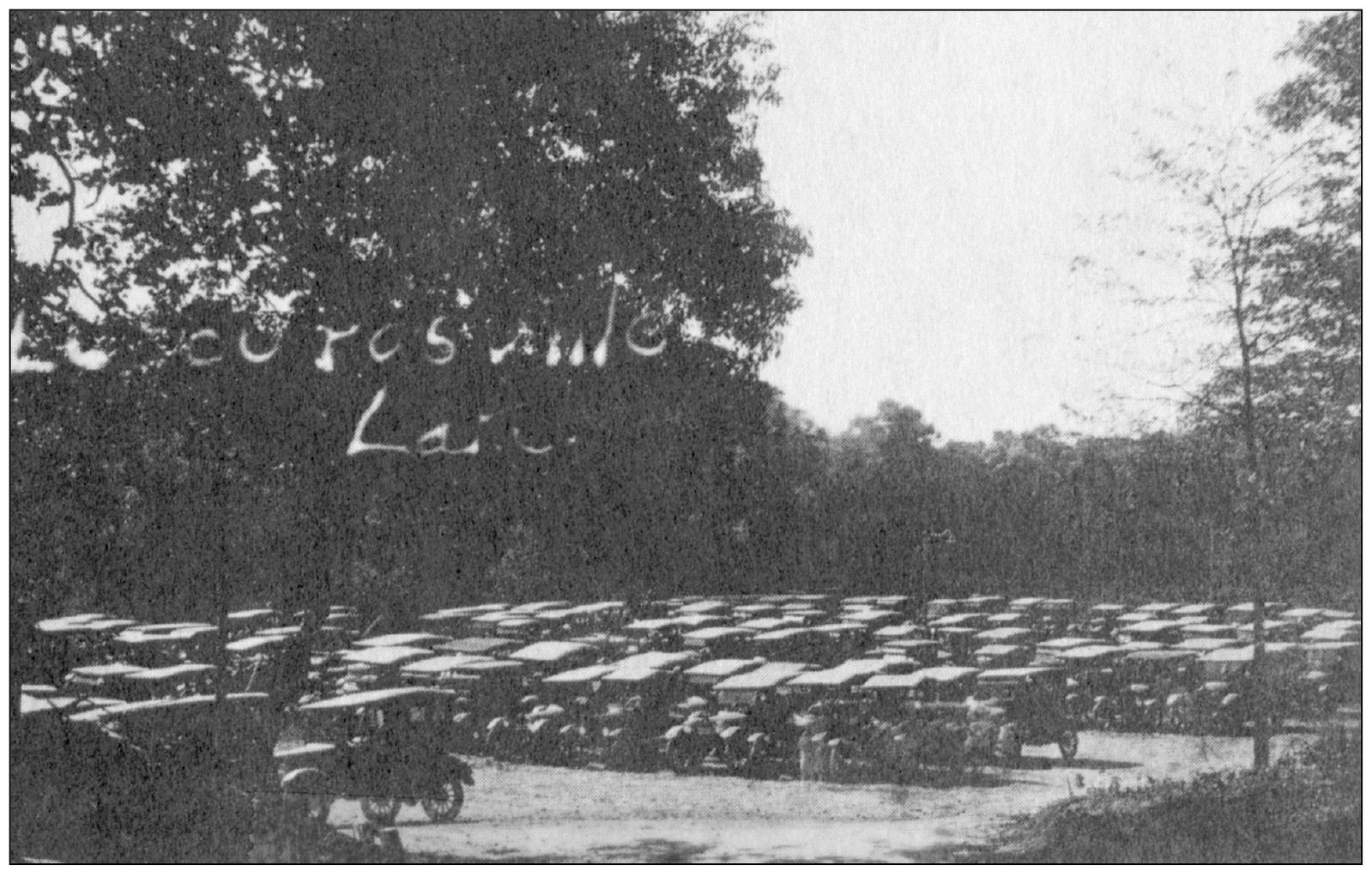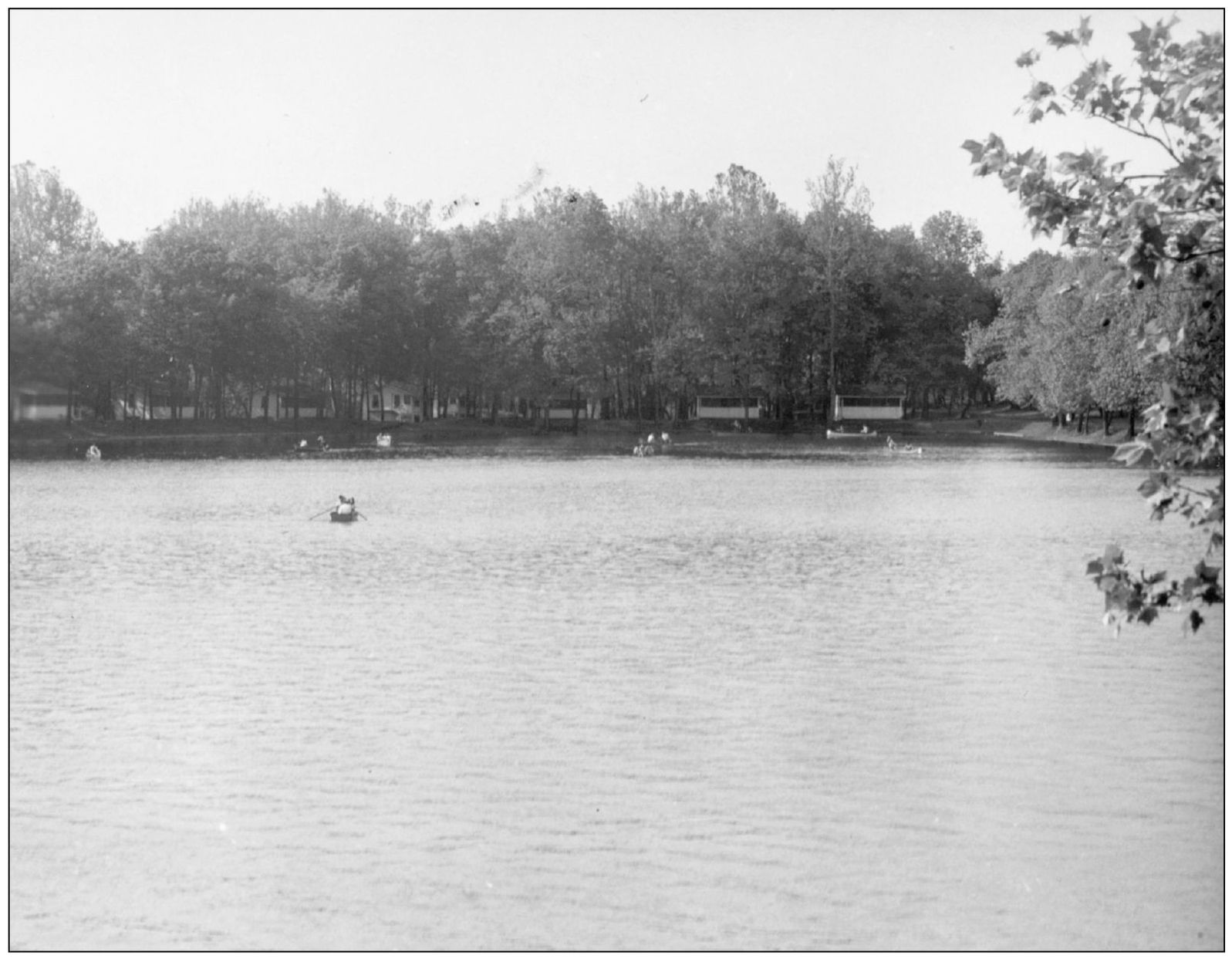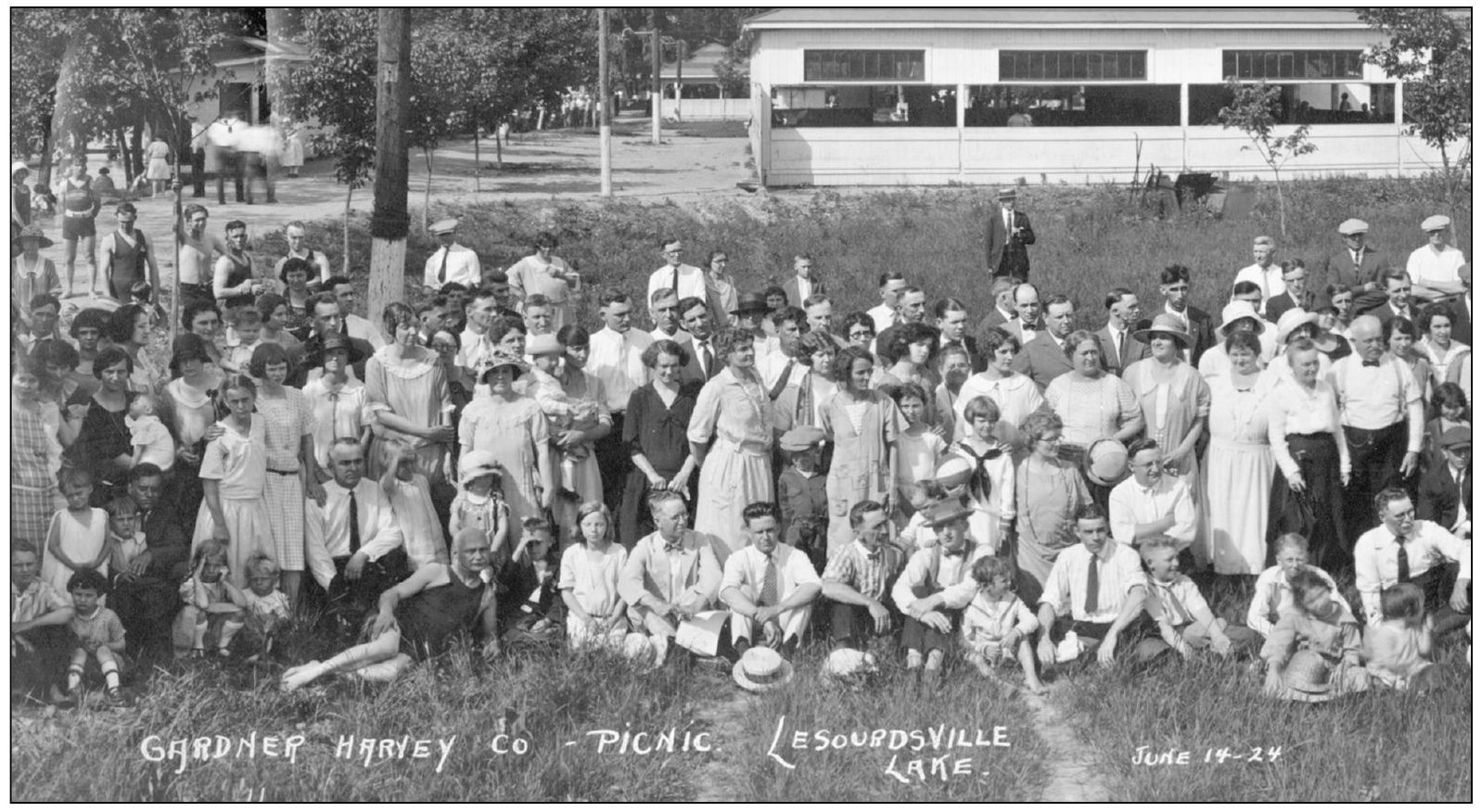One
THE RISE OF AN AMUSEMENT PARK
Within two years of opening the park, Edgar Streifthau stopped hosting dances because of the fights that occurred on a regular basis. Morris Steamer Moffatt of Canada became the first celebrity to appear at the park. He successfully rode a motorcycle 70 miles per hour, leaping 100 feet into the lake during a Fourth of July celebration in 1923. At the time, Moffatt held the worlds record for motorcycle broad jumping with a 210-foot leap from land into Lake Ontario.
Despite the interesting attraction, visitors came to enjoy the lake and the beach. Although the park was served by bus and rail, Streifthau was forced to purchase 100 acres of apple orchard located between the park and the village of LeSourdsville in 1929. The land was needed to accommodate the increasing number of people visiting the park.
Despite the onset of the Depression, Streifthau continued to expand the parks offerings. He expanded the bathhouse, built the parks first office building, and imported over 1,000 tons of white sand for the beach. We were slipping gate passes into sweaty palms of people going swimming, just so theyd return again, said Streifthau in his 1985 autobiography, Edgar Streifthau: His Story by Irene Wright. Admissions, food prices, and employee wages were cut. We survived. Our employees worked at low wages just to have jobs. We gave them $1 a day, meals and a place to sleep. A million more workers would have taken us up on the offer, if wed had a few more dollars to spread around, said Streifthau.
Just before the park was to open for the 1934 season, an accidental fire destroyed the bathhouse. Streifthau went to the Middletown Lumber Company and solicited the assistance of a personable and talented draftsman, Don Dazey. On May 30, the park opened with a new bathhouse and a new manager. Throughout the rebuilding process, Streifthau became impressed with Dazeys sincerity and his talent dealing effectively with people. Ultimately, Dazey was offered the position of park manager and offered a one-third interest in the park with an option to purchase a one-half interest at a later date. The direction of the park would be forever changed thanks to Dazeys initiative.
On June 10, 1922, LeSourdsville Lake opened for business as a resort featuring Ogles Band, headed by local newspaper employee Ralph Olglsby. Additional shelters similar to the one here were quickly added to handle the crowds. Admission was 10 per person, 25 for swimming, and 10 per couple for a jitney dance.
Tents were available for rent along the Great Miami River during the first season; the lake was located just to the right. LeSourdsville Lake survived its first season over $9,000 in debt.
The parks original bathhouse was designed to handle 250 customers. The number of swimmers increased enough that by 1931 a 90-foot-by-190-foot bathhouse, located just inside the main entrance on the left, was built and designed to handle 4,000 swimmers daily.
A Hamilton Daily News article dated August 11, 1922, stated, It is surprising the number of states that are represented through auto license tags at LeSourdsville. During the past ten days tags have been noted from Oregon, Virginia, Florida, Massachusetts, New York and Oklahoma. LeSourdsville is bound to become a fixture in the pleasure resorts of the Miami Valley.
The 18-acre lake was the largest lake in southern Ohio, possessing a naturally controlled freshwater supply of deep well water. Two large pumps drew in 1.5 millions of gallons of water every 24 hours.
The Gardner Harvey Company was one of the first corporate picnics, documented in this 1924 photograph. The old Miami-Erie Canal bed is just to the right and the lake is on the left. The park featured boating, swimming, campsites, a dance hall, and a playground.

